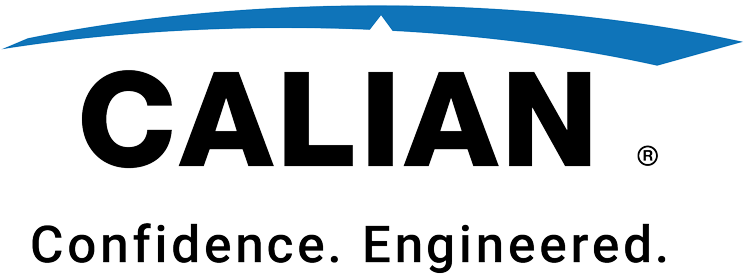Accutenna® Technology
Calian’s patented Accutenna® technology is employed in many of our antennas. Independent, side by side tests employing GPS(L1) and GLONASS(G1) signals have shown that Accutenna® technology out performs single feed patch antennas. Accutenna® technology provides superior multi-path signal rejection thereby providing un-matched precision for its size and price.
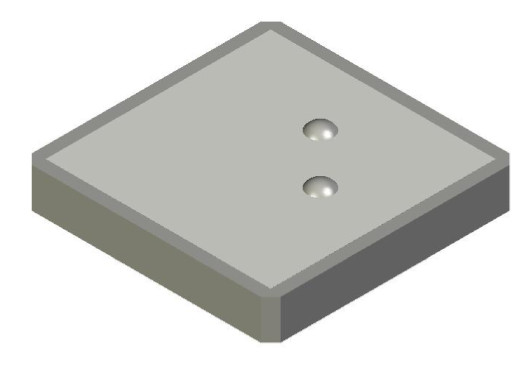
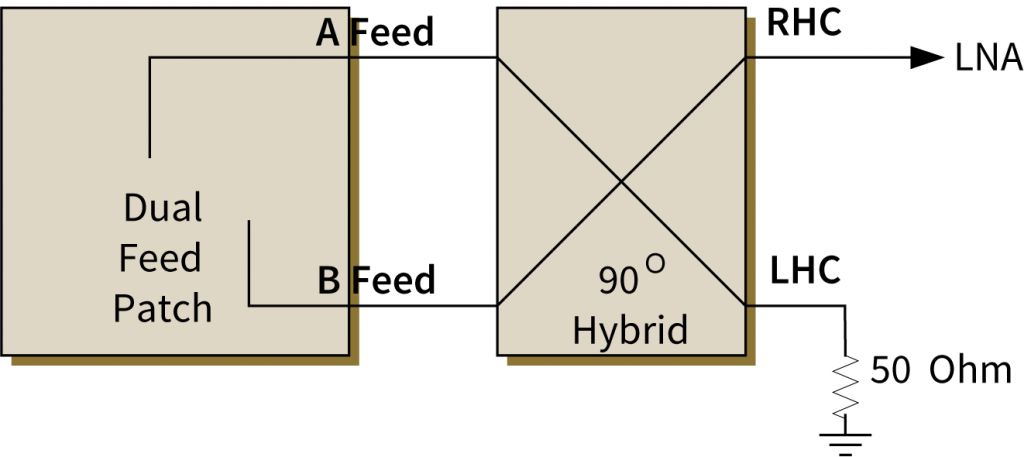
Key Accutenna® technology features:
- Employs Calian’s unique dual feed ceramic patch technology
- Provides truly circular response over the entire antenna bandwidth of approximately 80 MHz
- Provides superior rejection of cross polarized signals (multi-path)
- Offers pre-filtering option to provide additional protection from near band signals
- Single patch Accutenna® technology antennas provide wide band coverage of the upper GNSS band, supporting multi-constellational coverage: (GPS (L1), GLONASS (G1), Galileo (E1) and BeiDou (B1) and L-Band Correction services)
- Dual patch Accutenna® technology antennas provide wide band coverage of the upper and lower GNSS band, supporting multi-constellational and multi-frequency coverage (GPS (L1/L2/L5), GLONASS (G1/G2/G3), Galileo (E1/E5) and BeiDou (B1/B2))
GNSS has changed. An increasing number of GNSS receivers can track several constellations (GPS/ GLONASS/Galileo/BeiDou) and many frequencies. Single feed antennas were suitable for single constellation and single frequency tracking. In today’s multi GNSS environment, Calian’s Accutenna® technology is required to provide the accuracy and precision supported by Real-Time Kinematic (RTK) and Precise Point Positioning (PPP) applications .
What is a Dual Feed Antenna?
Dual feed points are used on patch antennas to receive a circularly polarized wave form. Both feed points receive independent linear signals which are then combined with a 90 degrees phase shift, to produce a circular signal. This applies over the full bandwidth of the antenna and greatly improves rejection of cross polarized signals (caused by multi-path reflections). Because multi-path is a significant cause of positioning error, dual feed antennas provide much higher precision than single feed antennas.
In contrast, single feed patch antennas provide a circular response only at a singular frequency (at resonance). At frequencies increasingly offset from the resonant frequency, the antenna response becomes increasingly elliptical. A single feed antenna used to receive two constellations, such as GPS (1575.42 MHz) and GLONASS (1606 MHz), is typically tuned to a mid-point frequency (1590 MHz). Single feed patch elements then have typical axial ratios at GPS and GLONASS frequencies of 7-8dB, compared with 1dB typical for a well-balanced dual feed Accutenna® antenna. Therefore a single feed antenna has poor rejection of cross polarized signals. The end result of using single feed antenna is poor precision.
Figure 1 illustrates this point well. At the tuned frequency of 1590 MHz, the single feed antenna has a cross polarized signal rejection of about 25 dB but only about 5 dB of rejection at 1575.42 MHz and up to 1606 MHz (the frequencies of interest). Compare that with the approximately 20dB rejection provided by the dual feed patch (Accutenna) equivalent. If the signal presented from an antenna to a GNSS receiver is “mangled” by multipath interference, the available precision will be degraded because of irresolvable uncertainty, regardless of the capabilities of the GNSS receiver chip. Multipath interference is common and to be expected even in normal reception situations and is a significant source of error for most GNSS receivers with single feed antennas.
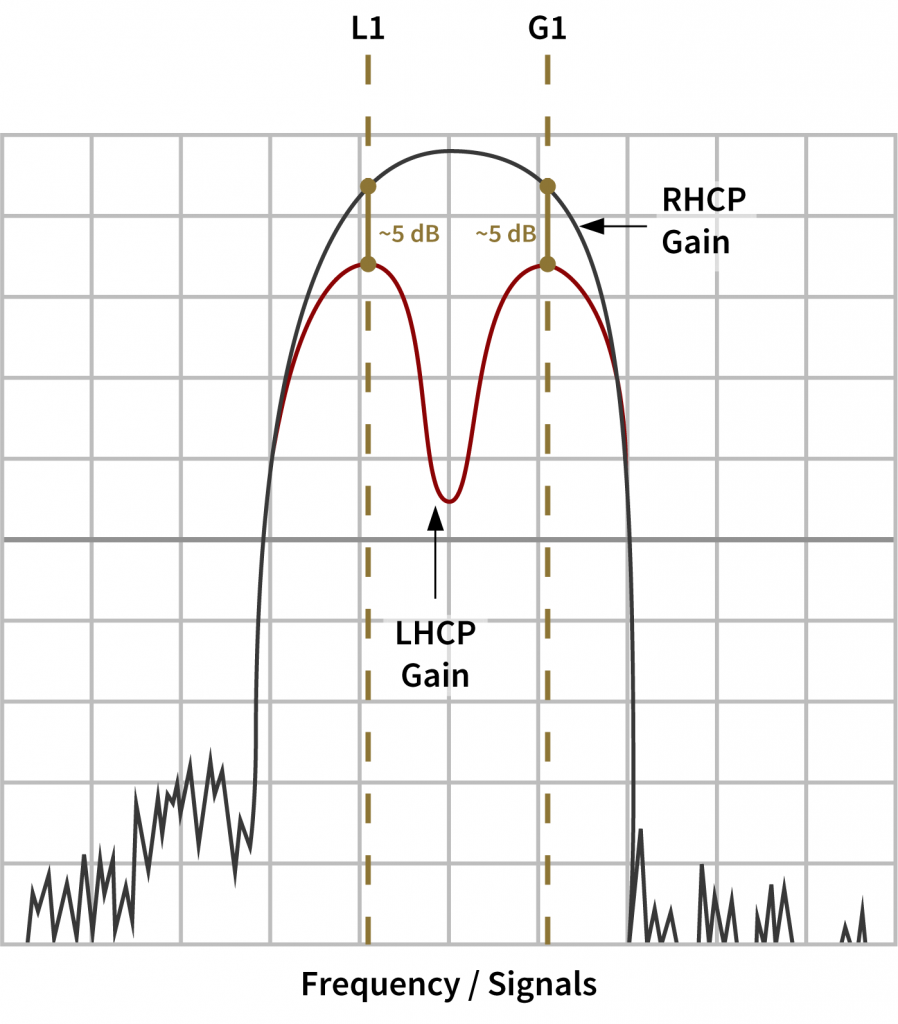
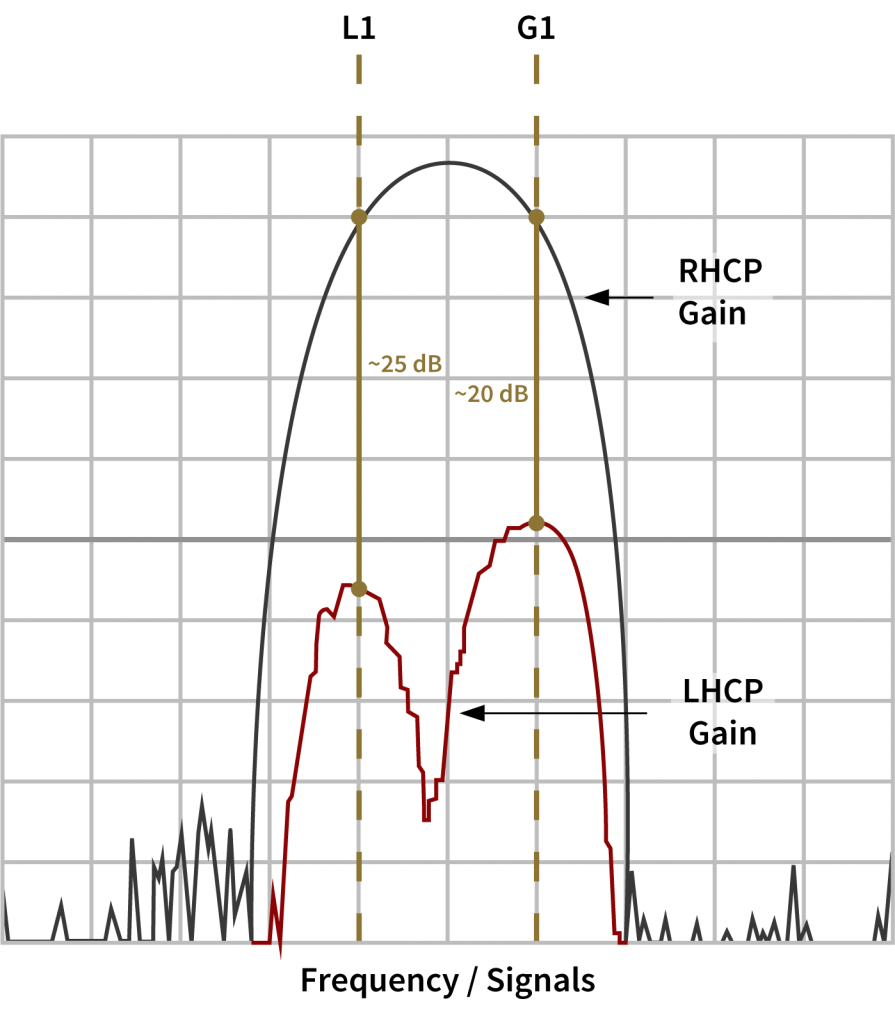
Figure 1 – Response of a Single Feed Antenna vs. Response of an Accutenna Antenna
